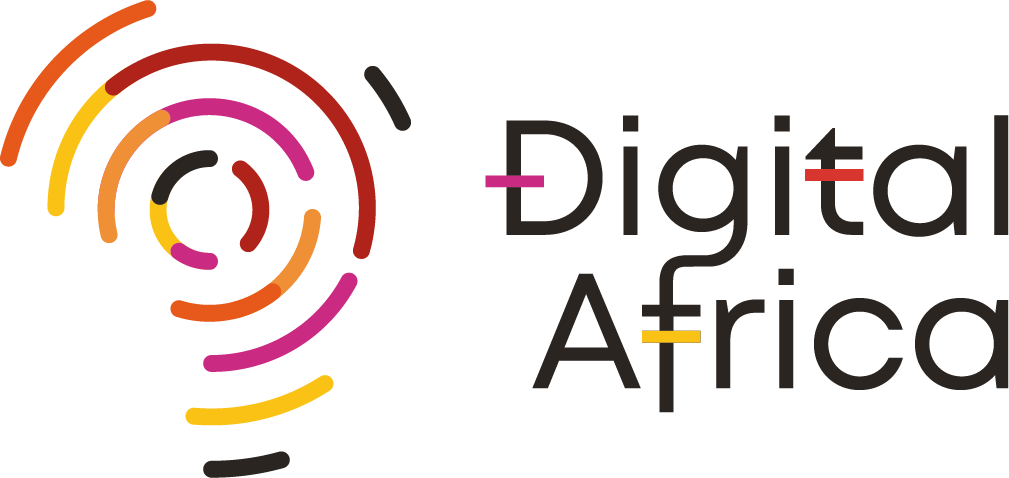In an era where mobile applications are integral to daily life, understanding how they handle personal data is crucial. Whether you’re a developer, a privacy advocate, or a user seeking to protect your information, grasping the principles of data collection and transparent communication is essential. This article explores the core concepts, legal frameworks, and best practices that underpin trustworthy data practices in mobile apps, illustrating each with practical examples.
Table of Contents
- 1. Introduction to Personal Data Collection in Mobile Apps
- 2. Legal and Regulatory Frameworks Governing Data Collection
- 3. Core Principles of Communicating Data Collection to Users
- 4. Standard Information Apps Need to Display When Collecting Data
- 5. Designing Effective Data Collection Notifications and Prompts
- 6. Case Study: Data Collection Disclosures in Google Play Store Apps
- 7. The Evolution of Data Collection Notifications with Platform Updates
- 8. Non-Obvious Factors Influencing User Trust and Data Disclosure Effectiveness
- 9. Future Trends and Innovations in Data Disclosure
- 10. Practical Recommendations for Developers and Platforms
- 11. Conclusion: Building User Trust Through Transparent Data Practices
1. Introduction to Personal Data Collection in Mobile Apps
a. Definition and importance of personal data in app ecosystems
Personal data encompasses any information related to an individual that can identify them directly or indirectly, such as location, contacts, or device identifiers. Mobile apps rely heavily on collecting such data to enhance functionalities like personalization, targeted advertising, and analytics. For example, fitness apps like zeus fit free apk utilize user activity data to tailor workout recommendations, demonstrating the vital role of data in delivering value-added services.
b. Overview of user privacy concerns and expectations
Users increasingly expect transparency and control over their personal information. Concerns about data misuse, unauthorized sharing, and lack of clarity have fueled demand for clear privacy practices. Studies show that transparency significantly enhances user trust, which is crucial for app retention and reputation.
c. The role of transparency in data collection practices
Transparency involves clearly communicating what data is collected, why, and how it will be used. This openness not only complies with legal standards but also fosters user confidence. For instance, many successful apps incorporate straightforward privacy notices during onboarding, aligning with best practices in privacy communication.
2. Legal and Regulatory Frameworks Governing Data Collection
a. Key regulations (e.g., GDPR, CCPA) and their requirements
Regulations like the General Data Protection Regulation (GDPR) in Europe and the California Consumer Privacy Act (CCPA) enforce strict rules on data collection. They mandate explicit user consent, detailed disclosures, and rights to access, delete, or restrict data. For example, GDPR requires apps to provide a clear privacy policy and obtain informed consent before collecting sensitive data.
b. How legal standards influence app data disclosure
Legal standards compel developers to be transparent, often resulting in in-app privacy notices and detailed disclosures. Apps like social media platforms incorporate comprehensive privacy dashboards to meet these requirements, demonstrating adherence to legal standards and fostering trust.
c. The impact of regulations on user trust and app developer practices
Compliance with data protection laws enhances credibility. When users see clear, accessible privacy information, they’re more likely to trust and engage with the app. Conversely, failure to comply can lead to legal penalties and damage reputation, emphasizing the importance of transparent practices.
3. Core Principles of Communicating Data Collection to Users
a. Clarity and simplicity in privacy notices
Effective disclosures avoid technical jargon, opting instead for straightforward language. Clear, concise notices help users quickly understand what data is involved. For example, instead of vague statements, an app might specify: “We collect your location to suggest nearby gyms.”
b. Timing and context of disclosures during user interaction
Disclosures are most effective when provided at relevant moments, such as before requesting permissions. For example, a fitness app might prompt for location access during setup with an explanation of its purpose, rather than after data collection has begun.
c. Ensuring users understand what data is collected, why, and how it will be used
Using visual cues, summaries, and layered disclosures helps users grasp complex information. Interactive privacy notices or quick tips can enhance understanding, making data practices more transparent and user-friendly.
4. Standard Information Apps Need to Display When Collecting Data
| Type of Data | Purpose | Examples |
|---|---|---|
| Location | Personalization, navigation | Finding nearby gyms, route planning |
| Contacts | Social features, sharing | Sharing progress with friends |
| Device Info | Performance, analytics | Device model, OS version |
a. Purpose of data collection
Apps specify whether data is used for personalization, analytics, advertising, or other purposes. Transparency about these aims helps users make informed decisions.
b. Data sharing and third-party access
Clarifying if data is shared with third parties, such as advertisers or analytics providers, is critical. For example, an app might state: “Your data may be shared with trusted partners to improve services.”
c. User rights and options for control and consent
Providing options to access, delete, or restrict data is a key component of transparent communication. Users should easily find and exercise these rights within the app or via privacy settings.
5. Designing Effective Data Collection Notifications and Prompts
a. Best practices for user interface design
Notifications should be clear, concise, and visually distinct. Using icons and color cues can aid quick comprehension. For instance, permission prompts with explanatory text improve acceptance rates.
b. Balancing transparency with user experience
Overloading users with information can be counterproductive. Instead, provide essential details upfront, with options for more in-depth explanations if desired.
c. Examples from popular apps demonstrating effective communication
Many apps, including those in app stores, effectively use layered disclosures: initial prompts with simple explanations, followed by detailed privacy policies accessible through settings. Such practices enhance user trust without disrupting experience.
6. Case Study: Data Collection Disclosures in Google Play Store Apps
a. Analysis of how top apps present data collection info
Leading apps display clear privacy disclosures during installation and within app settings. For example, they specify data types collected and provide links to full privacy policies, aligning with best practices observed in the industry.
b. Specific example: a popular app’s privacy disclosure process
Many successful apps implement a two-step process: an initial permission request with a brief explanation, followed by a detailed privacy policy accessible later. This approach balances transparency with user convenience.
c. Lessons learned and best practices from these examples
Effective disclosures are timely, clear, and context-specific. Incorporating visual cues and providing easy access to detailed information builds trust and compliance.
7. The Evolution of Data Collection Notifications with Platform Updates
a. Impact of iOS 14 and subsequent updates on data disclosure requirements
Apple’s iOS 14 introduced App Tracking Transparency (ATT), requiring apps to explicitly ask users for permission to track across apps and websites. This shift emphasizes user consent and transparency, prompting developers to redesign disclosure flows.
b. The expansion of widget functionality and its influence on user awareness
Enhanced widget capabilities enable more contextual interactions, which can include privacy notices or status indicators, subtly informing users about data practices without disrupting their experience.
c. How developers adapt to changing platform standards
Developers incorporate platform-specific APIs and guidelines, such as Apple’s privacy labels or Google Play’s privacy dashboard, to ensure compliance and maintain user trust.
8. Non-Obvious Factors Influencing User Trust and Data Disclosure Effectiveness
a. The role of app reputation and developer transparency
Apps from reputable developers often benefit from higher trust levels, even with minimal disclosures, whereas transparency gaps can quickly erode user confidence.
b. Cultural differences in privacy expectations
Privacy perceptions vary globally. For example, users in Europe may scrutinize disclosures more closely due to GDPR, while others may prioritize convenience over transparency, influencing disclosure strategies.
c. The psychological impact of clear vs. complex disclosures
Simple, transparent notices foster trust, whereas complex legal language can intimidate or confuse users, reducing their willingness to grant permissions or stay engaged.








